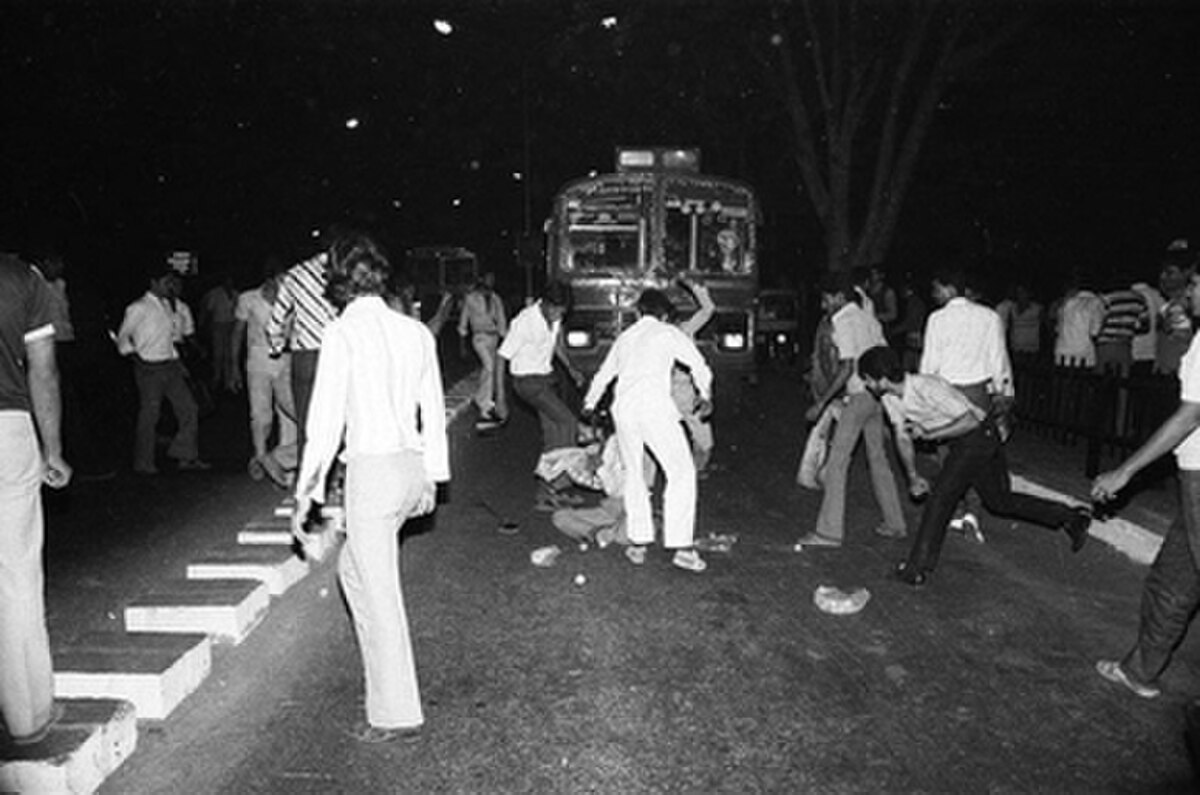
1984 Anti-Sikh Riots
Delhi, IndiaThe 1984 anti-Sikh riots, also known as the 1984 Sikh massacre, were a series of organized pogroms against Sikhs in India. These riots were a response to the assassination of Prime Minister Indira Gandhi by her Sikh bodyguards, which itself was a fallout of Operation Blue Star. The military operation, ordered by Gandhi in June 1984, was aimed at flushing out armed Sikh militants demanding greater rights and autonomy for Punjab from the Harmandir Sahib Sikh temple complex in Amritsar. The operation led to a deadly battle and the deaths of many pilgrims, causing widespread condemnation among Sikhs worldwide.
Following Gandhi's assassination, widespread violence erupted, particularly in Delhi and other parts of India. Government estimates suggest approximately 2,800 Sikhs were killed in Delhi[50] and 3,3500 nationwide.[51] However, other sources indicate the death toll could have been as high as 8,000–17,000.[52] The riots resulted in the displacement of thousands,[53] with the Sikh neighborhoods of Delhi being most severely affected.
Human rights organizations, newspapers, and many observers believed that the massacre was organized,[50] with political officials connected to the Indian National Congress implicated in the violence. The judicial failure to punish the perpetrators further alienated the Sikh community and fueled support for the Khalistan movement, a Sikh separatist movement. The Akal Takht, the governing body of Sikhism, has labeled the killings as genocide.
Human Rights Watch reported in 2011 that the Indian government had not yet prosecuted those responsible for the mass killings. WikiLeaks cables suggested that the United States believed the Indian National Congress was complicit in the riots. While the U.S. did not label the events as genocide, it acknowledged that "grave human rights violations" occurred. Investigations revealed that the violence was organized with support from the Delhi police and some central government officials. Discoveries of sites in Haryana, where multiple Sikh killings occurred in 1984, further highlighted the extent and organization of the violence.
Despite the gravity of the events, there was a significant delay in bringing the perpetrators to justice. It wasn't until December 2018, 34 years after the riots, that a high-profile conviction occurred. Congress leader Sajjan Kumar was sentenced to life imprisonment by the Delhi High Court for his role in the riots. This was one of the very few convictions related to the 1984 anti-Sikh riots, with most cases still pending and only a few resulting in significant sentences.
